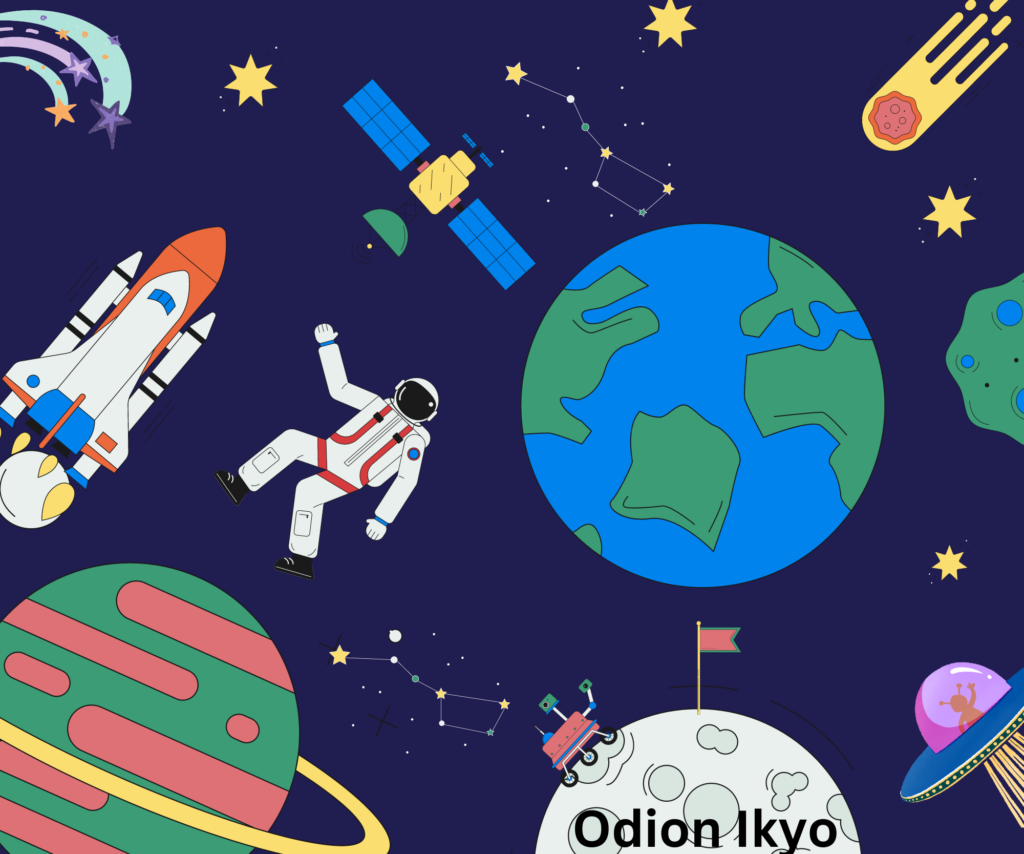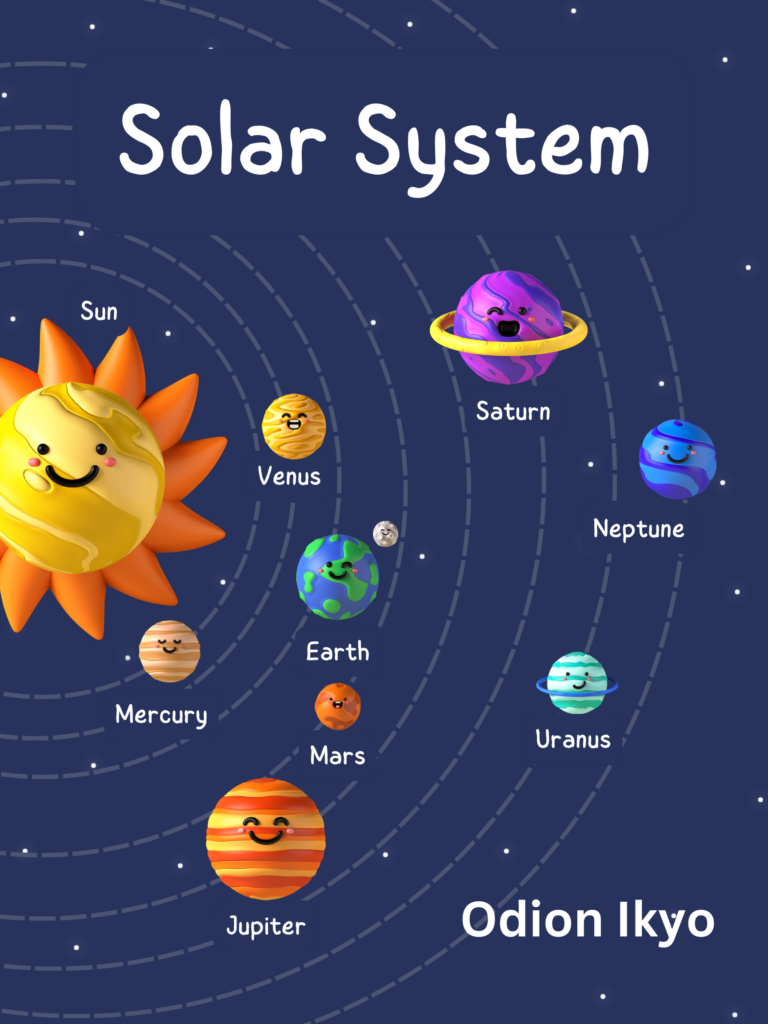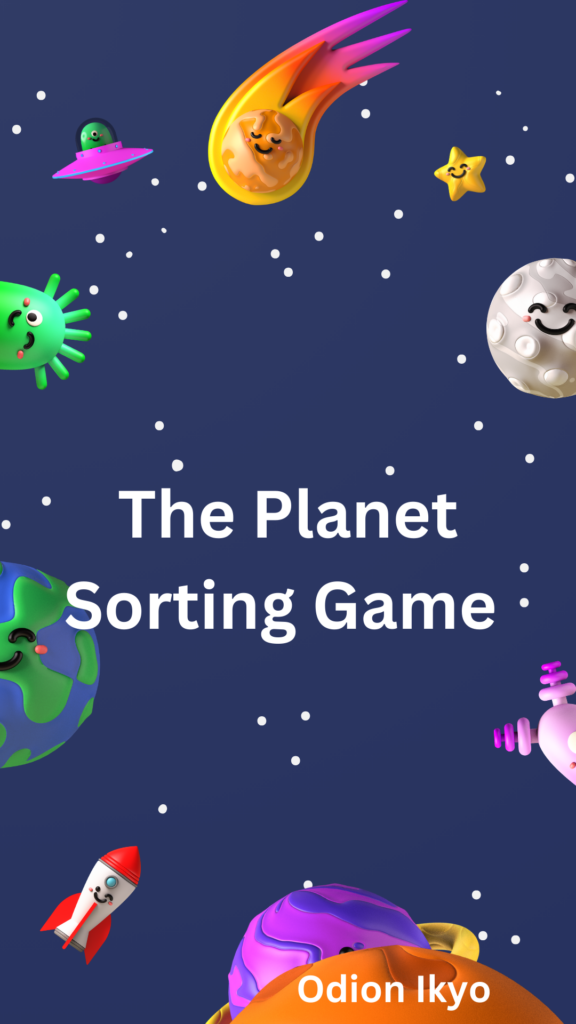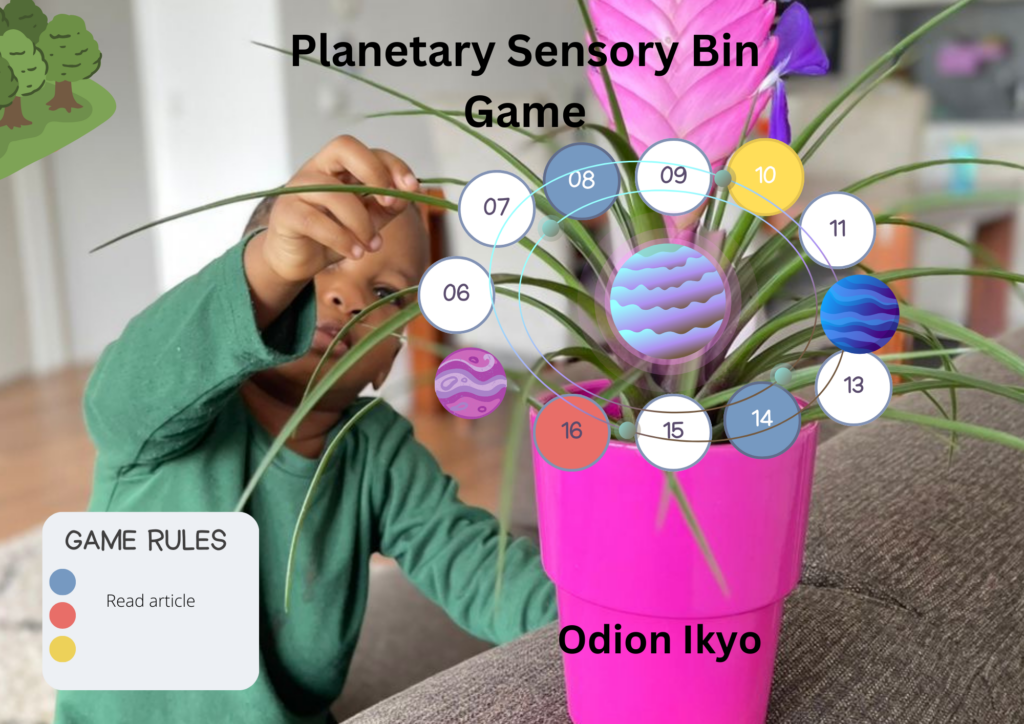As a homeschooling stay-at-home mom, I’m always looking for ways to make learning fun and engaging for my little ones. And what better way to do that than by exploring the wonders of the solar system?!
Teaching preschoolers about the planets can be a blast (pun intended!) with the right approaches. In this post, I’ll share some creative ideas to make learning about the planets a fun and interactive experience for your tiny astronauts.

Solar System for Preschoolers: Where to Start
Before we dive into the fun stuff, let’s cover the basics. Preschoolers can start learning about the planets by understanding that:
– The Earth is our home planet
– There are other planets in our solar system
– Each planet is unique and has its own features
Here’s a brief overview of the planets in our solar system:
– Mercury: The closest planet to the sun, Mercury is a small, rocky planet with extreme temperatures.
– Venus: The hottest planet in the solar system, Venus is covered in thick clouds and has a surface hidden from view.
– Earth: Our home planet, Earth is a terrestrial planet with a diverse range of environments and life forms.
– Mars: A rocky planet with a thin atmosphere, Mars is a potential candidate for supporting life.
– Jupiter: The largest planet in our solar system, Jupiter is a gas giant with massive storms and numerous moons.
– Saturn: Another gas giant, Saturn is known for its stunning ring system and many moons.
– Uranus: An icy planet with a tilted axis, Uranus has a thin atmosphere and a system of rings and moons.
– Neptune: The farthest planet from the sun, Neptune is a cold, icy world with strong winds and a few small moons.
You can use simple language and visual aids like pictures or videos to help them grasp these concepts. Show them images of each planet, point out their relative sizes and positions in the solar system, and share fun facts that spark their curiosity. For example, you could say, “Hey, did you know that Jupiter is so big that it could fit all the other planets inside it?” or “Wow, Mars has the tallest volcano in our solar system!” Check The Planet Village Book for more. This will help your preschoolers develop a basic understanding of the planets and their unique features.

Planets Games for Preschoolers
Now, let’s get to the fun part! Here are some engaging games and activities to teach preschoolers about the planets:
1. The Planet Sorting Game
The Planet Sorting Game is a fun and interactive way to help your child learn about the planets in our solar system. Here’s how to play:
Materials:
– Planet cards or printables (you can use pictures or illustrations of the planets). Get copies of your Planet cards printables here.
Also check out these sets of Planet Cards here.
– A set of categories (e.g. size, color, features)
Instructions:
1. Create a set of planet cards or printables and shuffle them.
2. Choose a category (e.g. size) and have your child sort the planets into different groups based on that category. For example, they might sort the planets into “small”, “medium”, and “large” groups.
3. Once they’ve sorted the planets, ask them to explain why they grouped certain planets together.
4. Repeat the process with different categories (e.g. color, features).
5. As they sort, encourage your child to observe and compare the planets, noting their similarities and differences.
Variations:
– Use different types of cards or printables, such as pictures, illustrations, or diagrams.
– Add additional categories, such as “gas giants” or “rocky planets”.
– Have your child create their own categories and sort the planets accordingly.
– Use this game as a starting point for further exploration and learning about the planets.
Learning benefits:
– Develops critical thinking and problem-solving skills
– Encourages observation and comparison
– Enhances knowledge of the planets and their features
– Fosters creativity and categorization skills
Tips and extensions:
– Use this game as a precursor to more in-depth learning about the planets.
– Create a “Planet Museum” where your child can display their sorted planets and share their knowledge with others.
– Have your child create their own planet and add it to the sorting game.
– Play the game with multiple children and have them work together to sort the planets.
The Planet Sorting Game is appropriate for children aged 3-8 years old. However, the game can be adapted to suit different age groups and learning levels.
For younger children (3-5 years old):
– Use simple and colorful planet cards or printables
– Focus on basic categories like “big” and “small” or “red” and “blue”
– Encourage matching and sorting skills
For older children (6-8 years old):
– Use more detailed planet cards or printables with additional features like moons, rings, or atmospheric characteristics
– Introduce more complex categories like “gas giants” and “terrestrial planets”
– Encourage critical thinking and research skills to learn more about each planet
Remember, the game can be adjusted to fit your child’s interests and learning level, making it a fun and engaging activity for a range of ages!
By playing the Planet Sorting Game, your child will develop important skills while having fun exploring the wonders of our solar system!

2. Solar System Scavenger Hunt
The Solar System Scavenger Hunt is a fun and interactive way to help your child learn about the planets in our solar system. Here’s how to play:
Materials:
– Pictures or models of the planets (you can use printables or small toys)
– A list of clues or riddles related to each planet
– A designated search area (e.g. room, backyard, or park)
Instructions:
1. Hide the planet pictures or models around the designated search area.
2. Create a list of clues or riddles related to each planet. For example:
– “I’m the closest planet to the sun” (Mercury)
– “I’m the largest planet in our solar system” (Jupiter)
– “I’m the planet with rings” (Saturn)
3. Give your child the list of clues and have them search for the corresponding planet pictures or models.
4. As they find each planet, have them read the clue or riddle and identify which planet it is.
5. Encourage your child to learn additional facts about each planet as they find them.
Variations:
– Use different types of clues or riddles, such as:
– Rhyming couplets
– Planet-themed jokes
– Fun facts about each planet
– Hide additional items related to space or astronomy, such as pictures of stars, galaxies, or astronauts.
– Create a “Solar System Scavenger Hunt” worksheet with pictures or words related to each planet and have your child mark or color them as they find them.
Learning benefits:
– Develops problem-solving and critical thinking skills
– Encourages active learning and exploration
– Enhances knowledge of the planets and their features
– Fosters curiosity and interest in space and astronomy
Tips and extensions:
– Make it a team effort and involve multiple children or family members.
– Set up a “Solar System Station” with additional resources and activities related to each planet.
– Create a “Solar System Journal” and have your child record their findings and additional facts they learn. Your kids will learn more fun facts from the planet village book.
– Play the game at night and use flashlights to search for the planets, simulating a nighttime sky.
To add extra fun to this activity, get a copy of the Space Memory activity here.
The Solar System Scavenger Hunt game is appropriate for children aged 4-10 years old. However, the game can be adapted to suit different age groups and learning levels.
For younger children (4-6 years old):
– Use simple clues and riddles that relate to basic planet features, such as “I’m the planet with a big red spot” (Jupiter).
– Hide the planet pictures or models in plain sight, making it easier for them to find.
– Use visual aids like pictures or flashcards to help them identify the planets.
For older children (7-10 years old):
– Create more challenging clues and riddles that require critical thinking and problem-solving skills.
– Hide the planet pictures or models in more difficult-to-reach locations, encouraging them to search and explore.
– Include additional challenges, such as identifying planet features, like moons or rings, or researching additional facts about each planet.
Remember, the game can be adjusted to fit your child’s interests and learning level, making it a fun and engaging activity for a range of ages

3. Planet Dress-up
The Planet Dress-up activity is a creative and interactive way to help your child learn about the planets in our solar system. Here’s how to play:
Materials:
– Costumes or props for each planet (e.g., a red hat for Mars, a gas mask for Venus, a crown for Jupiter)
– A designated dress-up area (e.g., a corner of the room, a dress-up station)
– Optional: props like fake rocks, inflatable planets, or space-themed accessories
Instructions:
1. Create costumes or props for each planet. You can get creative and make your own or use items you have at home. Check out The Planet Village Book for costume ideas.
2. Set up a designated dress-up area where your child can try on the costumes and props.
3. Encourage your child to choose their favorite planet and dress up accordingly.
4. Once dressed up, have your child act out their planet’s features and characteristics. For example:
– Mars: “I’m the red planet! I have volcanoes and rocks!”
– Jupiter: “I’m the biggest planet! I have a huge stormy eye!”
– Venus: “I’m the hottest planet! I have thick clouds and a scorching sun!”
5. Use props and accessories to enhance the experience. For example, you can use fake rocks to create a Martian landscape or inflate a balloon to represent Jupiter’s gas giant size.
6. Take pictures or videos of your child dressed up and acting out their planet. This can be a fun way to capture their creativity and learning.
Variations:
– Create a “Planet Fashion Show” where your child can model their planet costume and share fun facts about their planet.
– Use music and sound effects to create a planetary atmosphere. For example, play “The Mars Rover” song while your child is dressed up as Mars.
– Invite friends or family members to join in and dress up as their favorite planets. You can have a planetary party!
Learning benefits:
– Encourages creativity and self-expression
– Develops imagination and role-playing skills
– Enhances knowledge of planet features and characteristics
– Fosters curiosity and interest in space and astronomy
Tips and extensions:
– Use this activity as a starting point for further learning about the planets. For example, you can read The Planet Village Book or watch documentaries about the planets your child is interested in.
– Create a “Planet Journal” where your child can draw or write about their favorite planets and what they’ve learned.
– Have your child create their own planet costume or prop and share it with the family or class.
The Planet Dress-up activity is appropriate for children aged 3-8 years old. However, the game can be adapted to suit different age groups and learning levels.
For younger children (3-5 years old):
– Use simple costumes and props that are easy to put on and take off.
– Focus on basic planet features, such as colors and shapes.
– Encourage imaginative play and role-playing.
For older children (6-8 years old):
– Use more complex costumes and props that require creativity and problem-solving skills.
– Introduce more advanced planet features, such as atmospheric conditions and geological features.
– Encourage research and learning about the planets and their unique characteristics.
Remember, the game can be adjusted to fit your child’s interests and learning level, making it a fun and engaging activity for a range of ages!

4. Planetary Sensory Bin
The Planetary Sensory Bin activity is a fun and interactive way to help your child learn about the planets in our solar system. Here’s how to play:
Materials:
– A bin or container filled with rice, beans, or sand
– Small planet-themed toys or objects (e.g., plastic planets, space rocks, astronaut figures)
– Optional: other materials like beads, pompoms, or small stones
Instructions:
1. Fill the bin with the chosen material (rice, beans, or sand).
2. Hide the small planet-themed toys or objects within the material.
3. Encourage your child to explore the bin using their hands or small tools (e.g., spoons, trowels).
4. As they discover each object, have them identify which planet or space-related item it represents.
5. Use this opportunity to share fun facts and learn about each planet together!
Variations:
– Create a themed bin for each planet, using materials that match the planet’s characteristics (e.g., red sand for Mars, blue beads for Neptune).
– Add other sensory materials like water, play dough, or slime for a unique texture experience.
– Incorporate sound effects or space-themed music to enhance the atmosphere.
Learning benefits:
– Develops fine motor skills and hand-eye coordination
– Encourages exploration and discovery
– Enhances knowledge of planet features and characteristics
– Fosters creativity and imagination
Tips and extensions:
– Use this activity as a starting point for further learning about the planets.
– Create a “Planet Journal” to record discoveries and fun facts.
– Have your child create their own planetary sensory bin or add new objects to the existing bin.
The Planetary Sensory Bin activity is appropriate for children aged 2-6 years old. However, the game can be adapted to suit different age groups and learning levels.
For younger children (2-3 years old):
– Use larger objects and a smaller bin for easier exploration.
– Focus on basic planet recognition and sensory experience.
For older children (4-6 years old):
– Use smaller objects and a larger bin for a more challenging search.
– Introduce more advanced planet features and facts.
Remember, the game can be adjusted to fit your child’s interests and learning level, making it a fun and engaging activity for a range of ages!
Additionally, this activity can be adapted for children with special needs or sensory processing issues by using different textures, colors, and objects to create a personalized experience.

Homemade Planets
The Homemade Planets activity is a fun and creative way to help your child learn about the planets in our solar system. Here’s how to play:
Materials:
– Various materials like paper plates, foam balls, paper mache, paint, markers, and glue
– Planet facts and reference images
Instructions:
1. Choose a material and create a 3D model of a planet. For example:
– Paper plates: Cut out circles, add paint and markers for details, and assemble into a 3D sphere.
– Foam balls: Paint and add markers for details.
– Paper mache: Create a sphere shape, add layers of paper mache, and paint.
2. Research and gather facts about the planet, such as its size, color, atmosphere, and unique features.
3. Use the facts to add details to the 3D model, like rings for Saturn or a red spot for Jupiter.
4. Display the finished model and share what you’ve learned about the planet.
Variations:
– Create a mobile or diorama with multiple planets.
– Use different materials for each planet, like clay or recycled materials.
– Add lights or glow-in-the-dark paint for a cosmic effect.
Learning benefits:
– Develops creativity and problem-solving skills
– Enhances knowledge of planet features and characteristics
– Encourages research and critical thinking
– Fosters pride and ownership in handmade creations
Tips and extensions:
– Use this activity as a starting point for further learning about the planets.
– Create a “Planet Museum” to display and share your child’s creations.
– Have your child research and write about their favorite planet.
The Homemade Planets activity is appropriate for children aged 4-12 years old. However, the complexity and scope of the project can be adjusted to suit different age groups and skill levels.
For younger children (4-6 years old):
– Use simpler materials like paper plates and foam balls
– Focus on basic planet recognition and creativity
– Assist with assembly and decoration
For older children (7-12 years old):
– Use more advanced materials like paper mache and clay
– Encourage research and accuracy in planet features and details
– Allow for more independence in creation and design
Additionally, this activity can be adapted for children with special needs or abilities by using different materials and techniques to create a personalized and inclusive experience.

Free Solar System Worksheet for Kids
To reinforce their learning, I’ve created a free solar system worksheet for kids that you can download and print. This worksheet includes:
– Exploring the solar system fun game
– A solar system word search
Great Resource to Go Along with These Activities!
The Planet Village Book
With its vibrant illustrations and delightful design, your child will be captivated by the imaginative journey through the solar system. But ‘The Planet Village’ is more than just a fun story – it’s also educational! Your child will learn fascinating facts about each planet, from the sun’s scorching heat to Pluto’s icy landscape. They’ll discover fun facts like Earth’s core being as hot as the sun’s surface and Jupiter having over 80 moons!
This book is perfect for parents who want to encourage their child’s love of learning and exploration. It’s a great bedtime story that will transport your child to new worlds and inspire their imagination.
Take their learning to the next level by:

– Encouraging curiosity and wonder in kids
– Fostering a love of learning and exploration
– Providing a unique and relatable perspective from a young author
– Offering a fun and engaging way to learn about the solar system
– Inspiring imagination and creativity in children
So why not grab a copy of ‘The Planet Village’ today and join the adventure through space and imagination? Your child will thank you!
